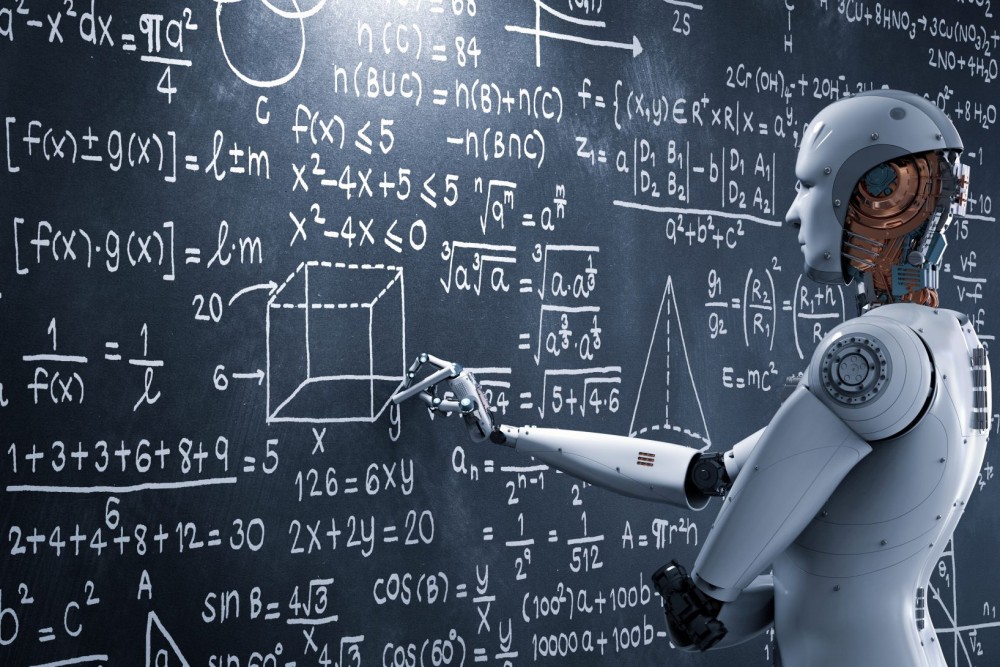NEWS FLASH! The cyborgs are here and they’ve been here for a long time.
One of these cyborgs is Neil Harbisson, who decided to combat his colorblindness by implanting an antenna into his skull. Yes, an antenna is sticking out of his skull.
On the other end of the antenna is a sensor that detects color and converts the visual data into auditory signals. From there his neurons pick up the signal inside his brain and convert the input into a useful mental image. With this antenna he can hear colors even outside the normal visual range (infrared, ultraviolet, ect…) and he can also be sent images via the internet directly into his brain. Neil has said that, “it does not feel like you are wearing technology, it feels like you are technology.”
Most cyborgs today are much like Neil, they have some disability they are trying to restore or they have suffered some accident that causes them to lose normal human function. With the help of technology, they have overcome a disability by having their bodies mechanically altered. Amputees are perhaps the most eager for this type of treatment.
It has taken far too long, but today’s prosthetic limbs are becoming as life like as the real thing. They are incredibly agile, reminiscent of Luke Skywalker’s bioptic hand, and can be controlled by the impulses of their brains. Some of these limbs are even able to sense temperature and touch by sending electrical signals to the users brain. As long as the nerves in the remainder of the patient’s limb are still intact, we can trick the brain into thinking the limb is actually apart of their body. For thousands of years amputees have felt phantom limbs, now we are putting that to use in places like John’s Hopkins Applied Physics lab to transfer this feeling into a prosthetic arm. In the video below, Melissa Loomis tries her prosthetic arm for the first time that gives her a sense of touch.
These are cases where, for the most part, we are using technology to restore humanity. Technically this is something we have been attempting to do since the invention of the peg leg and the eyeglass. Hearing aids, pacemakers, insulin pumps: according to the strict definition of cyborg, anyone using these devices is also a cyborg. Your grandma may be a lot cooler than you think…
These were all attempts for technology to restore human capabilities. But restoring humanity is not what we often think of when confronted with the term cyborg. What the future has in store is much more than humanity has to offer, or perhaps, humanity will become something different entirely.
What happens when technology allows us to expand beyond the limits of humanity? It seems like this process has already begun.
There are many extraordinary examples from implanted microchips inside a persons hand that lets them do everything from pay with a credit card to open their car door, or people hooking their minds up to their computers and vice versa. But the strange truth is that the most common device in the world may have already made cyborgs out of all of us.
Our smartphones might as well be attached to our bodies. We rarely go anywhere without them and anyone who has ever said, “I feel naked without my phone,” understands the cruciality of the smartphone to everyday life. In fact, new technologies like Google Glass and the Apple Watch are trying to further blur the line. Our minds and lives have expanded with the use of a smartphone. We are no longer limited to the memories, knowledge, and ideas within our heads. Anytime you come across an question you do not have the answer to, the smartphone is right there with google to help you answer your question. How is this any different than spending a few minutes trying to remember something very hard or committing it to memory. Our smartphones and the internet have become our memory, humanity is merging into a collective mind; a hive mind.
This is strangely, something we have done for millenia. Humanity has always operated on a collective mind, but before smartphones it was members of our tribes that stored different information which could then be drawn upon by the community. This was one reason why the elderly were much more valued in the past, they acted as memory banks for knowledge that the community much needed. For the human mind has limits like any processor or storage device. We cannot store everything at once, so in our past we divided up the knowledge between the group. One person specialized in medicine, one in farming, the other in hunting. For one person to be an expert in all things was near impossible. To learn more about one topic meant that another must be sacrificed.
Today, we able to further our knowledge because the internet can help free up some space on our minds. For instance, while writing this article, I spoke to my Amazon Alexa device asking her to multiply some numbers for me and also had spell check correct an embarrassing amount of spelling errors. This freed my mind to be more creative of focus more on the details of this article. Does that make me a cyborg? It just might.






Leave A Comment